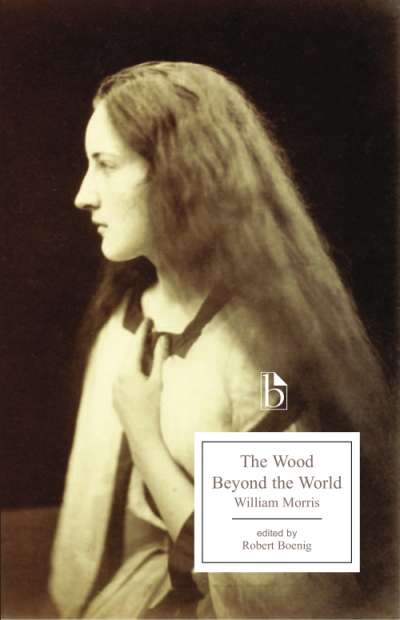“As I drew near and nearer to the light, the chasm became wider, and at last I saw, to my unspeakable amaze, a broad level road at the bottom of the abyss, illumined as far as the eye could reach by what seemed artificial gas lamps placed at regular intervals, as in the thoroughfare of a great city; and I heard confusedly at a distance a hum as of human voices.…”
Edward Bulwer-Lytton’s The Coming Race was one of the most remarkable and most influential books published in the 1870s. The protagonist, a wealthy American wanderer, accompanies an engineer into the recesses of a mine, and discovers the vast caverns of a well-lit, civilized land in which dwell the Vril-ya. Placid vegetarians and mystics, the Vril-ya are privy to the powerful force of Vril—a mysterious source of energy that may be used to illuminate, or to destroy. The Vril-ya have built a world without fame and without envy, without poverty and without many of the other extremes that characterize human society. The women are taller and grander than the men, and control everything related to the reproduction of the race. There is little need to work—and much of what does need to be done is for a novel reason consigned to children.
As the Vril-ya have evolved a society of calm and of contentment, so they have evolved physically. But as it turns out, they are destined one day to emerge from the earth and to destroy human civilization.
Bulwer-Lytton’s novel is fascinating for the ideas it expresses about evolution, about gender, and about the ambitions of human society. But it is also an extraordinarily entertaining science fiction novel. Sir Edward Bulwer-Lytton, one of the great figures of late Victorian literature, may have been overvalued in his time—but his extraordinarily engaging and readable work is certainly greatly undervalued today. As Brian Aldiss notes in his introduction to this new edition, this utopian science fiction novel first published in 1871 still retains tremendous interest.













